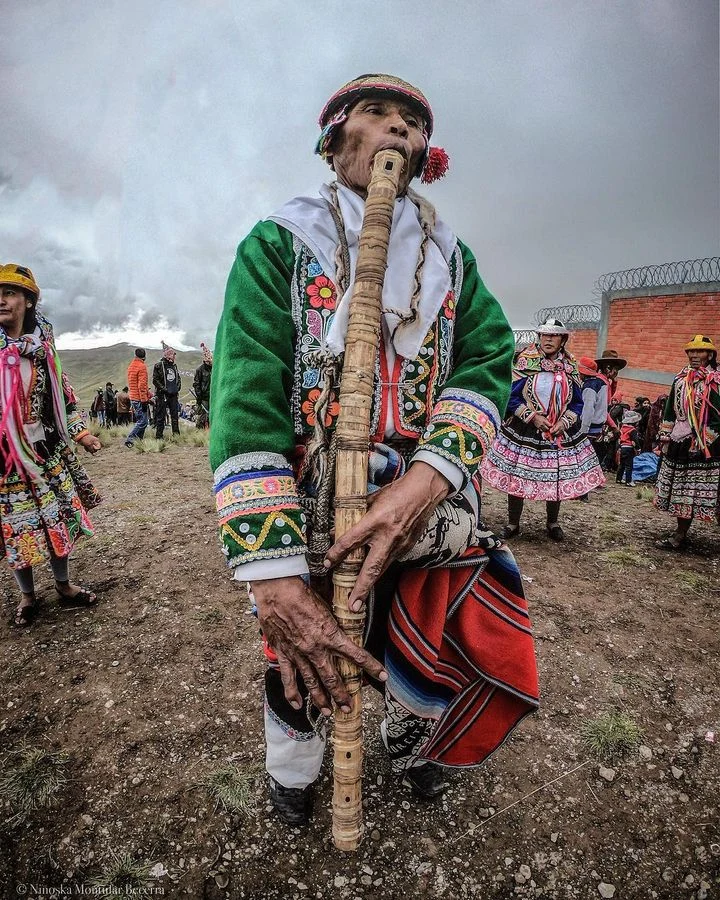Every January 20th an ancestral custom called "Chiaraje in Cusco, fight that fertilizes the earth" takes place; this battle is performed by two sides of Ch'eqa and Q'ewe. This Andean ritual in which the villagers believe that shedding blood will bring abundance and prosperity to their lands from the beginning of the year.
Table of Contents
This battle goes back years ago, where every January 20th of every year they make this confrontation between two localities or groups known as Los Altos (Checca, Langui, Layo and Kunturkamki) and Los Bajos (Pampamarca, Túpac Amaru, Quehue and Yanaoca).
These people will face each other in two schedules (in the morning and another at noon), according to historians consider the Chiaraje as an ancestral fight in offering to the Pachamama in order to maintain the fertility of the land, transmitted from generation to generation.
For this battle, at least 2,000 peasants gather together to fight in groups on various fronts; as we told you before, it is done in two phases, first in the morning where the villagers start with provocations, insults and some ride horses through the opponent's territories.
The second phase takes place at noon, but first the two opposing sides rest for lunch, this time is a party because they do it in the middle of music with their traditional instruments, drink liquor because the place is at an altitude of more than 4 500 meters above sea level.

And at about three o'clock in the afternoon they begin the traditional melee battle, throwing stones, etc. As is known during this encounter there is no participation of any authority or the law, they simply live their ancestral festival and the villagers who participate do it voluntarily.
Many villagers consider this battle as a game, but that's not all, in this feast of strength they test their courage, honor and prestige of each member with their community. Many would say that these two sides hate each other or have been at odds for years and that is why they are fighting.
Let me tell you that it is not like that, they do this confrontation because they consider it a tradition of their people and it is also like making an offering to Pachamama and they do it with joy, with the satisfaction of offering their own blood to Mother Earth.
In addition, the participants of this great battle participate with traditional costumes, demonstrating once again the Andean ancestral importance, it is said that during this ritual there will always be a fallen and this represents a good start of the year for both sides, but in case there are only wounded it means that they will not have a good year, especially with the rains.
The wounded of the battle are attended by the doctors of the health center of the place; many things are said about this ancestral battle, nevertheless, the settlers of Canas do it with a lot of energy and pride because they continue conserving their tradition, cultural and transmitting it from generation to generation.
This battle of the Chiaraje takes place every January 20th, an event in which three communities participate with music and chants; according to their belief, if blood is spilled, it will bring abundance and prosperity for the whole year.
Also called Tupay or Chiaraje, it takes place in the province of Canas, in which three neighboring communities of Langui, Q'ewe and Ch'ecca participate.
Chiaraje comes to be the same pampa of battle and the bordering points of the communities already mentioned, battle ritual where the settlers participate voluntarily and seek to join forces to take greater possession of land.
